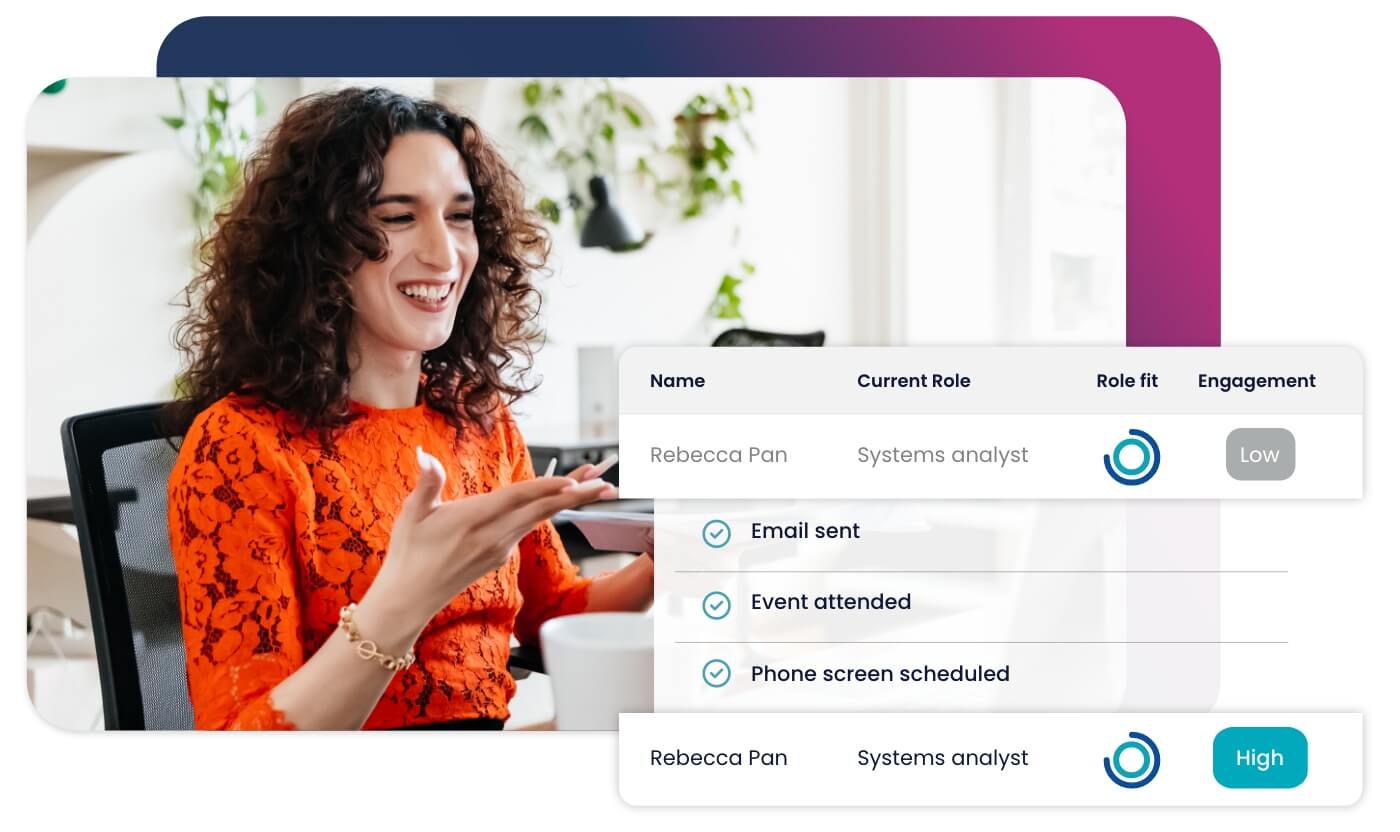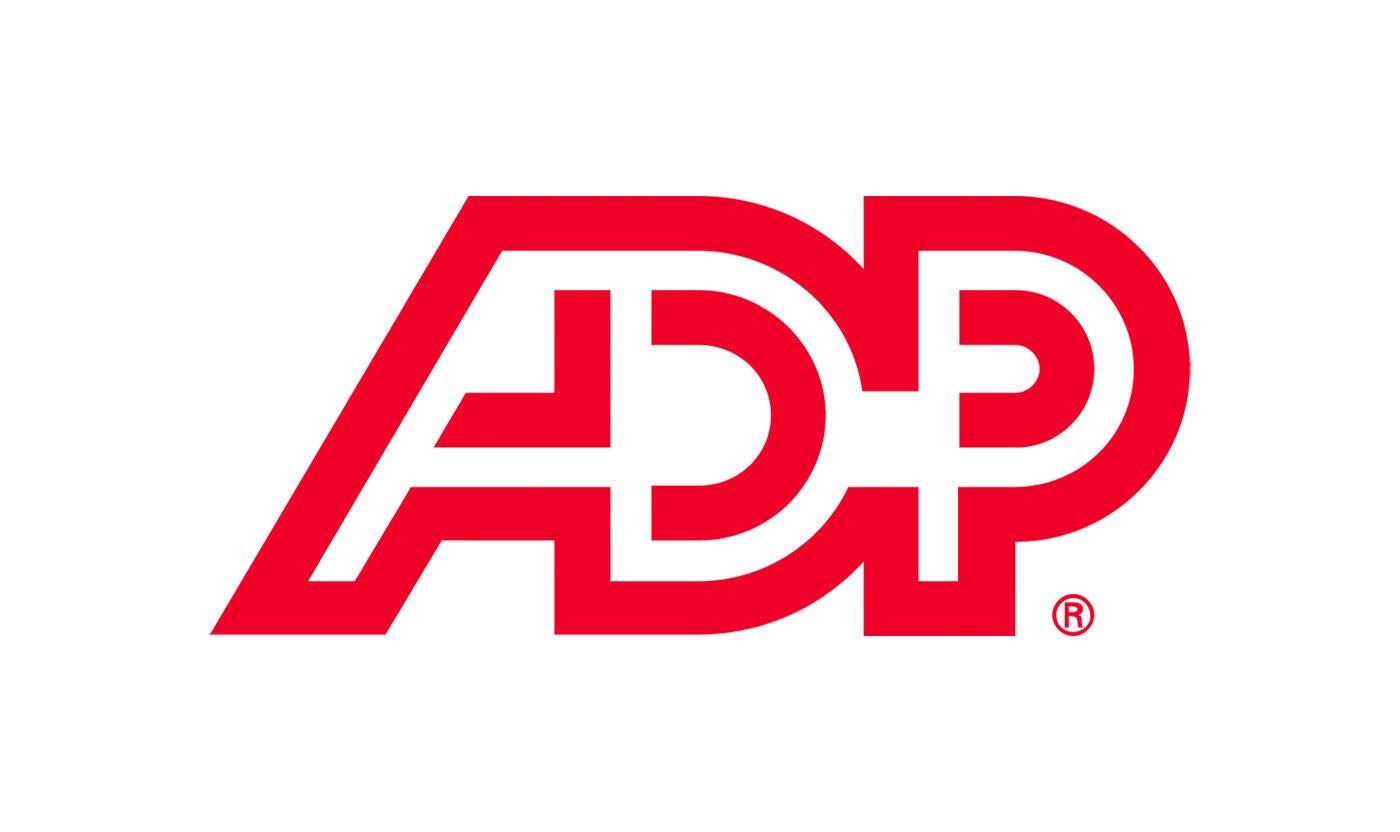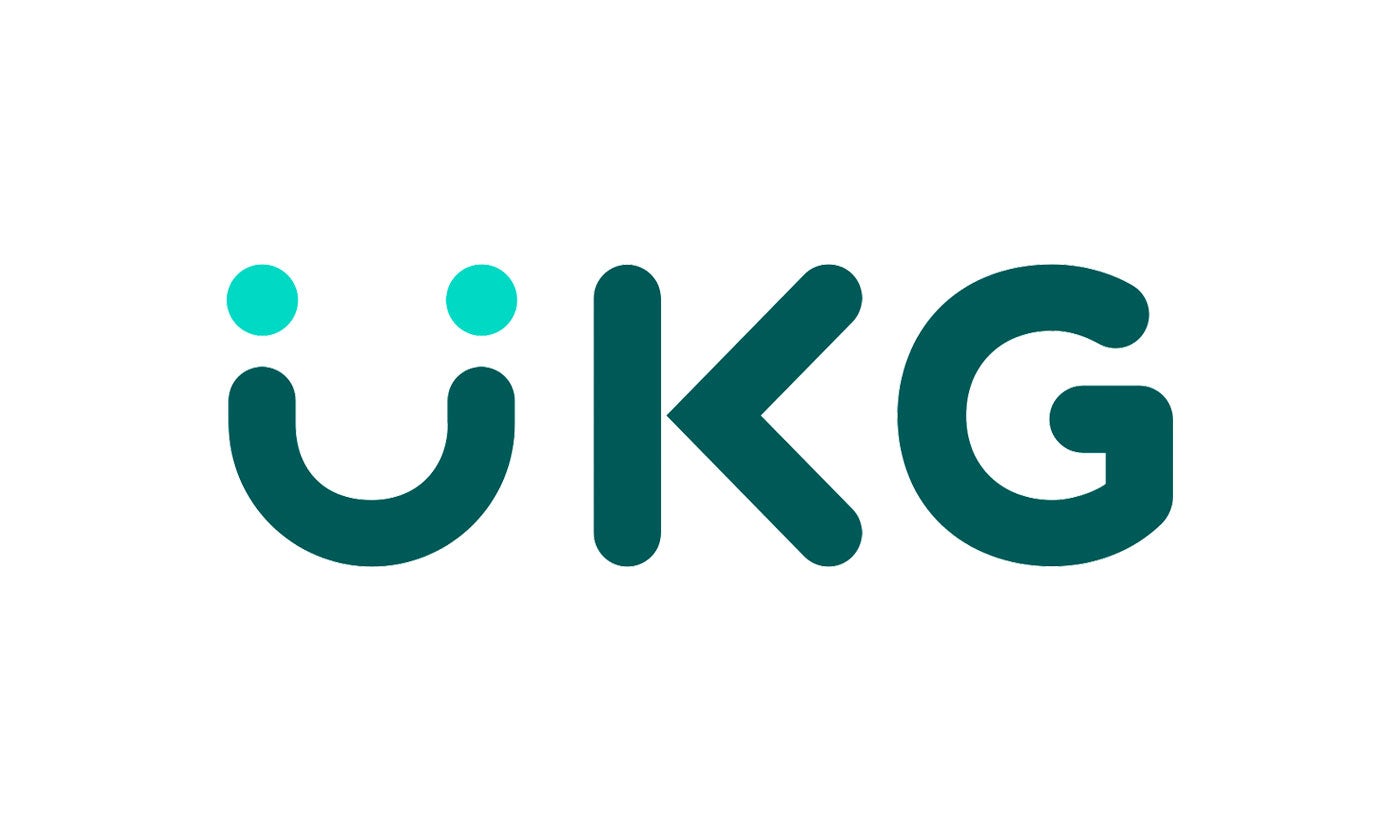





Accelerate hiring key talent to deliver care and exceed patient satisfaction.

Attract skilled candidates, speed up hiring and grow expertise in your workforce.

Simplify recruiting finance and banking talent with a platform for hard-to-fill roles.


Build a talent pipeline that engages and drives your business forward.


See how diverse and global enterprises use iCIMS to employ millions, drive innovation and connect communities worldwide.

Uncover unique market insights, explore best practices and gain access to talent experts across our library of content.


View press releases, media coverage, the latest hiring data and see what analysts are saying about iCIMS.


Streamline your tech stack and take advantage of a better user experience and stronger data governance with ADP and iCIMS.

The combined power of iCIMS and Infor helps organizations strategically align their business and talent objectives.

Our award-winning partnership with Microsoft is grounded in a shared desire to transform the workplace and the hiring team experience.

Our partnership with Ultimate Kronos Group (UKG) supports the entire talent lifecycle by bringing frictionless recruiting solutions to UKG Pro Onboarding.

As our CEO, Colin Day, said, today’s job hunt looks very different than it did just a few years ago, and with advancements in candidate experience happening every day, innovative recruiting technology must be an area of focus. According to the iCIMS Candidate Experience Report, nearly 7 in 10 people are using Google as part of their typical job search process, and with the arrival of Google for Jobs last year, it is important candidates can easily find jobs to ultimately give them the best candidate experience.
iCIMS knows that for those candidates to find jobs, companies need to make sure they are providing the right information about their job postings to Google. This is why iCIMS partnered with Google on this initiative to improve the job search experience and help candidates find jobs more quickly and efficiently. With the majority of people starting their job search on Google and the introduction of rich cards, which provide a more engaging and visual way to display job search results, it is more important than ever that your job posting data is configured correctly.
Follow these three steps to ensure that you are delivering competitive job postings on Google for Jobs and that they appear in search results to the best-fit candidates for your organization.
Before adjusting your job postings, it is important to first understand how a Google search works. To generate job postings, Google uses an algorithm or formula to tailor search results and give a job seeker the most useful and relevant information – but this is determined by many variables. The structured data, which is the standardized format for providing information about a page, is first gathered and organized in an index by Google.
Then, when a search is performed, the algorithm analyzes the information and pulls the results from the index to produce results that are best fit. Factors that can influence and make search results unique to every person include a user’s search history, where they are located, what kind of device they are searching from, and more.
We know how important it is to make sure your jobs are appearing in search results. To help optimize your job postings, it is important that you provide the necessary information as part of your job listing’s structured data. This will help Google find your jobs and ensure they appear in rich cards.
Google Required Fields
These fields are required as part of structured data in order for your jobs to appear in rich cards search results.
Google Recommended Fields
These fields are recommended, but not necessary as part of structured data in order for your jobs to appear in rich cards search results.
If you are an iCIMS customer, your structured data is already being sent to Google, but it is always important to double check and edit any information to make sure you are delivering competitive job postings that will stand out. Ensure the information being sent is accurate, that the fields are matching and that your jobs are discoverable. Also, you can check Google’s Structured Data Testing Tool to ensure that your data is up-to-date with any recent changes to requirements needed for optimal job postings.
Always provide the most information you can, correctly, by using the structured data checklist below. By following these guidelines, you can help optimize your job postings and improve the job search experience.
Do:
Don’t:




